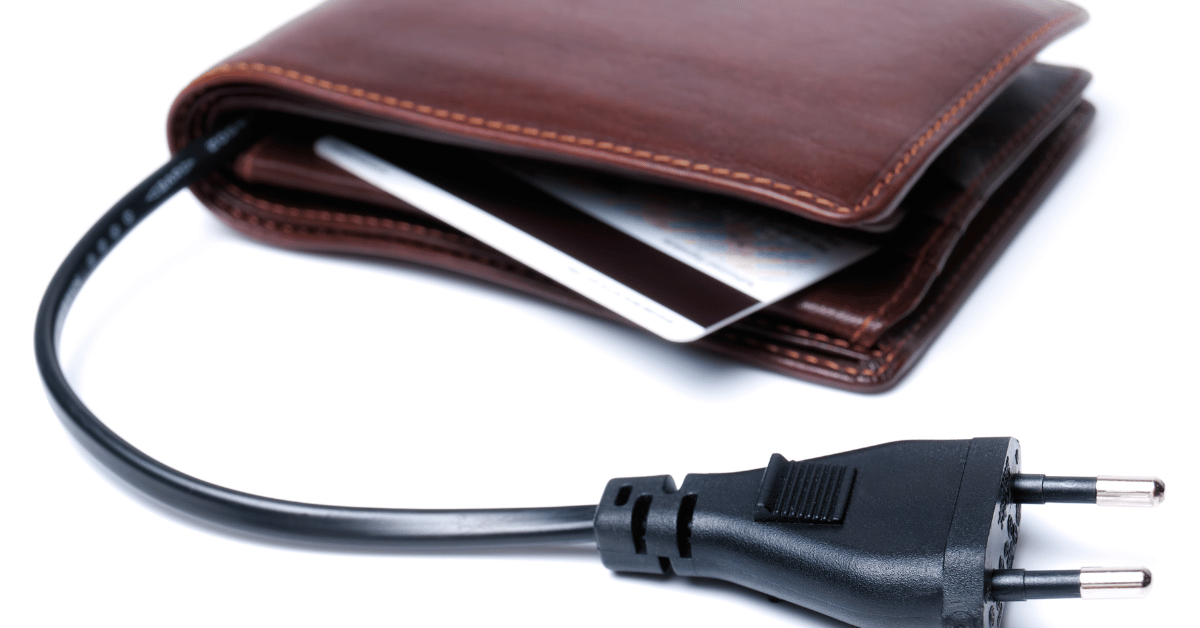When it comes to home entertainment, power consumption is an important factor to consider. Both projectors and TVs are popular options, but they differ in terms of power consumption. Projectors use bulbs or lamps to produce an image, while TVs use LED or LCD technology. In this guide, we will explore the differences in power consumption between projectors and TVs. We will also discuss the factors that affect power consumption and help you determine which option is more energy-efficient. By understanding the power consumption of projectors and TVs, you can make an informed decision that saves you money and helps reduce your carbon footprint.
Table of Contents
Projector vs TV Power Consumption: Which Consumes More Power?
When it comes to choosing between a projector and a TV for your home entertainment needs, power consumption is an important consideration. Both options have their pros and cons, but power consumption can be a major factor in determining which option is the best fit for your needs.
Projector Power Consumption:
Projectors use bulbs or lamps to produce an image, and these bulbs typically have a lifespan of around 2,000 to 3,000 hours. The power consumption of a projector depends on the brightness of the bulb, with brighter bulbs consuming more power. A typical projector bulb uses around 200 to 300 watts of power, but this can vary depending on the model.
Factors that affect the power consumption of a projector include the brightness setting, the size of the screen, and the type of content being displayed. Projectors are generally more energy-efficient when used in a dark room with a smaller screen size, as this reduces the amount of power needed to produce a clear and vibrant image.
TV Power Consumption:
LED and LCD TVs use less power than traditional CRT TVs, making them a more energy-efficient option. A typical LED or LCD TV uses around 60 to 100 watts of power, but this can vary depending on the size of the screen and the brightness setting.
Factors that affect the power consumption of a TV include the size of the screen, the brightness setting, and the type of content being displayed. TVs are generally more energy-efficient when used with a smaller screen size and with lower brightness settings.
Which Option is More Energy-Efficient?
When it comes to power consumption, LED and LCD TVs are generally more energy-efficient than projectors. However, the size of the screen and the brightness setting can greatly affect the power consumption of both options.
If you’re looking for an energy-efficient option, a smaller LED or LCD TV with a lower brightness setting may be the best choice. However, if you’re looking for a larger display area, a projector may be a better option, provided that you use it in a dark room and with a smaller screen size.
In conclusion, both projectors and TVs have their advantages and disadvantages when it comes to power consumption. LED and LCD TVs are generally more energy-efficient, but the size of the screen and the brightness setting can greatly affect the power consumption of both options. Consider your needs and preferences carefully when choosing between a projector and a TV, and be mindful of the power consumption of your chosen option to help save money and reduce your carbon footprint.
How Many Watts Specifically?
The power consumption of projectors and TVs can vary widely depending on the specific model and size of the device. However, there are some general guidelines that can help you understand how many watts these devices typically use.
Projectors:
Projectors use bulbs or lamps to produce an image, and the brightness of the bulb affects the power consumption. A typical projector bulb uses around 200 to 300 watts of power, but this can vary depending on the brightness setting and the model of the projector. Some high-end projectors can use up to 500 watts or more of power.
It’s important to note that projectors are generally more energy-efficient when used in a dark room with a smaller screen size, as this reduces the amount of power needed to produce a clear and vibrant image.
TVs:
LED and LCD TVs use less power than traditional CRT TVs, making them a more energy-efficient option. A typical LED or LCD TV uses around 60 to 100 watts of power, but this can vary depending on the size of the screen and the brightness setting. Larger screens and higher brightness settings can use up to 300 watts or more of power.
It’s important to note that TVs are generally more energy-efficient when used with a smaller screen size and with lower brightness settings.
In conclusion, the power consumption of projectors and TVs can vary widely depending on the specific model and size of the device. Projectors typically use around 200 to 300 watts of power, while LED and LCD TVs typically use around 60 to 100 watts of power. However, it’s important to consider the specific model and usage patterns when assessing power consumption.
Conclusion
In conclusion, when it comes to power consumption, LED and LCD TVs are generally more energy-efficient than projectors. LED and LCD TVs typically use around 60 to 100 watts of power, while projectors typically use around 200 to 300 watts of power. However, the specific power consumption of these devices can vary widely depending on the model and size of the device, as well as usage patterns such as brightness settings and screen size. Ultimately, it’s important to consider your needs and usage patterns carefully when choosing between a projector and a TV, and to be mindful of the power consumption of your chosen option to help save money and reduce your carbon footprint.

